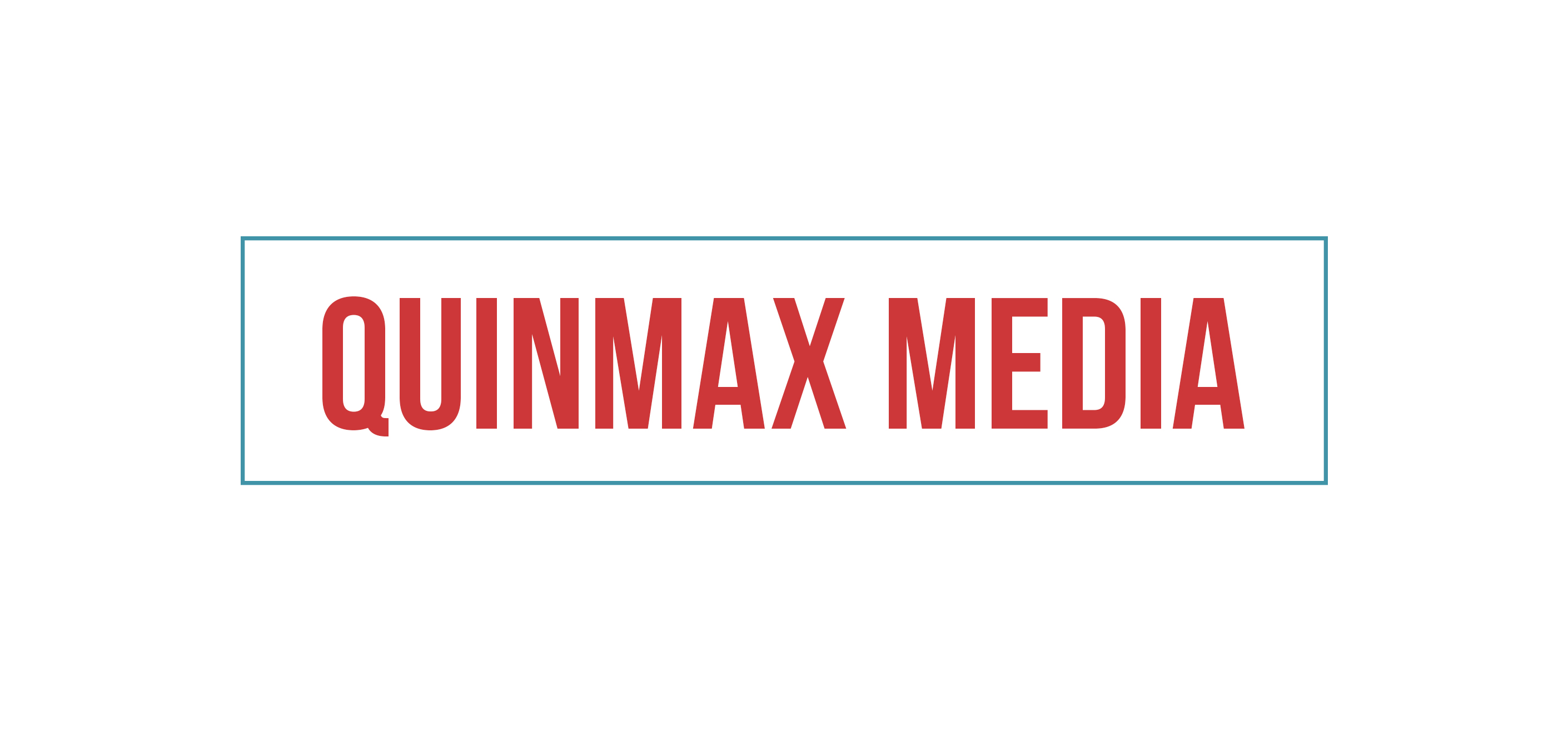You’ve probably heard the phrase “Content is king” a million times by now. It’s a phrase coined by Bill Gates in 1996. He was referring to the Internet as a marketplace for content, which is still true. According to recent data, more than 200 billion emails are sent every day. Just like a magazine, once you get the reader inside, your goal is to get them to engage with the content. Unlike a magazine, you can tell immediately which content they like the best and least based on the number of clicks. Here are some ways to use content to get the results you’re after.
Make New Content But Use The Old
When creating your email campaigns, keep in mind that for some subscribers, this is their first email from you. So, when you are creating a content strategy, don’t forget that you can publish older existing content or products. Also, existing subscribers don’t open every email, the content may be brand new to them even if it wasn’t recently published. A good mix of new and old offers a variety for readers and revives older content, which could be very impactful on your bottom line.
Use All Kinds of Content Formats
Content comes in all shapes and sizes, you want to vary the types you are sending – some people prefer video, some prefer images, and some prefer just text. With a variety, you’ll determine the types of content your subscribers prefer and see which ones result in the most traffic or sales. Try marketing video content as an image and not disclosing that the link leads to a video versus labeling it a video to test which format your subscribers respond to best. It’s the same content, but delivered in a different format.
Be Clear In The Action You Want
Some email campaigns are jam packed with valuable information but the action that you want your subscribers to take is unclear. For example, if you have links in your email campaign but they are not obviously hyperlinks with a blue color and underline, then readers may not know that they can click on them, especially on mobile since there is no hovering over text. It seems silly but consumers are still programmed to know that the blue text and underline means you can click for more information. Think about what you want your readers to do when they are reading your campaign. Can you use buttons in place of hyperlinked text to draw attention? Are your hyperlinks a call to action or are you just linking sentences? Test these and when you review your data look at which types of links your subscribers clicked most.
Don’t Overwhelm With Too Much
Imagine you are at a store. You ask the salesperson, “Which of these is the best light bulb?” The salesperson gives you every detail about every light bulb they sell. You probably won’t remember most of the details after the first couple. It’s the same with email. You want to communicate with readers, not overwhelm them. If you have an overload of information, consider creating separate campaigns for each important message. Keep in mind that almost 50% of consumers are reading their emails on a mobile device limiting screen width and making emails even longer. Shorter messages will resonate more effectively.
When planning your campaigns, think of them as mini magazines. You want to inform and entertain with each “issue”. The content should be exactly what they expect when they open the email based on the subject line and it should be easy to access either through the campaign itself or with a click to your website. A subscriber should have no problem navigating the campaign and see how to access more of the same type of content. Experiment with what works for your subscribers and learn what content is king in their kingdom.
Read The Next Post In This Series


